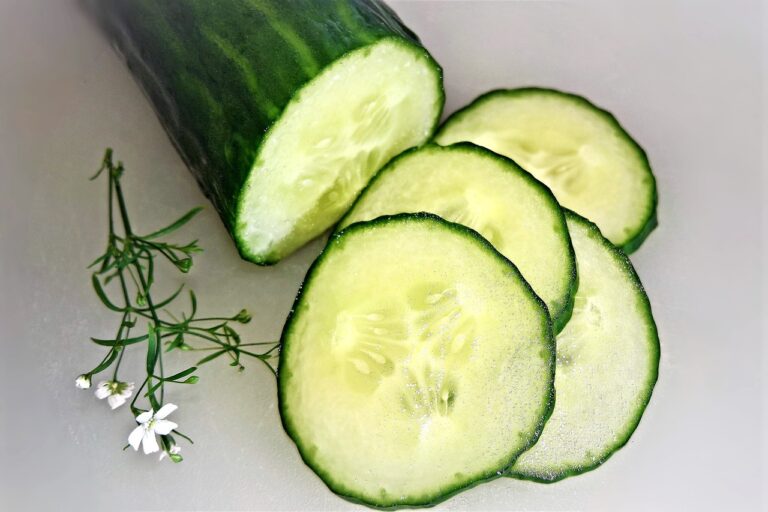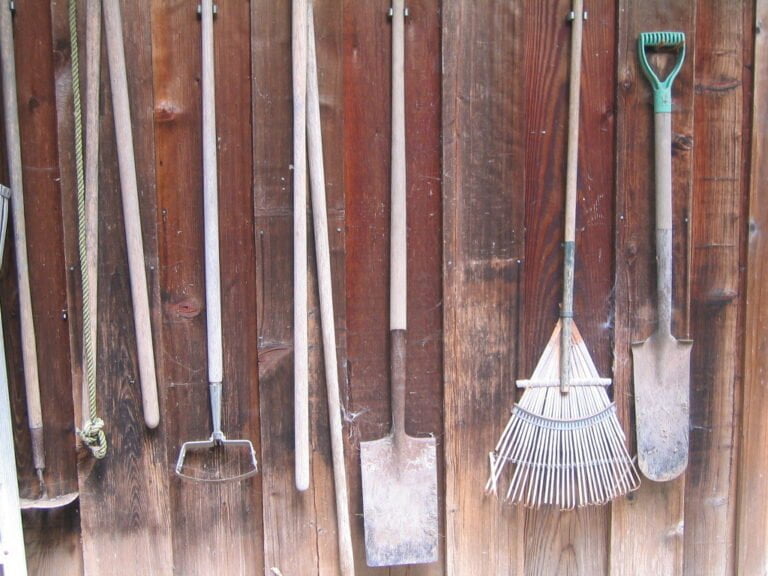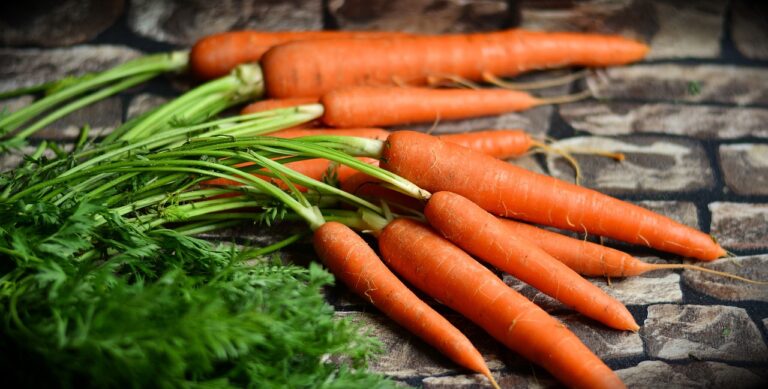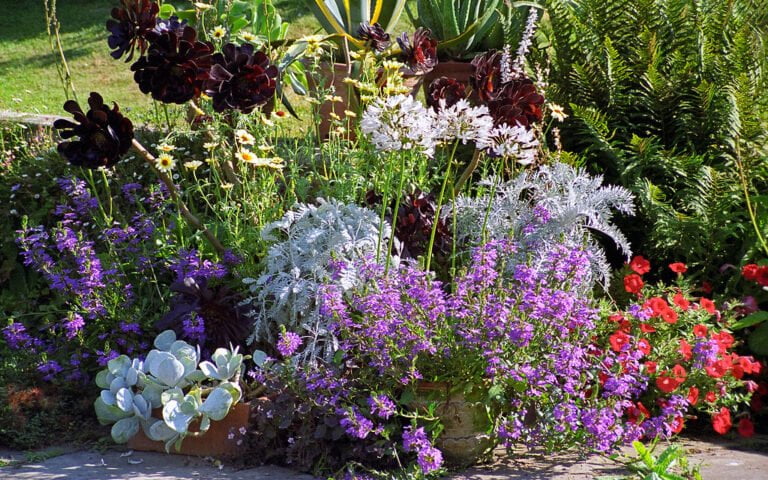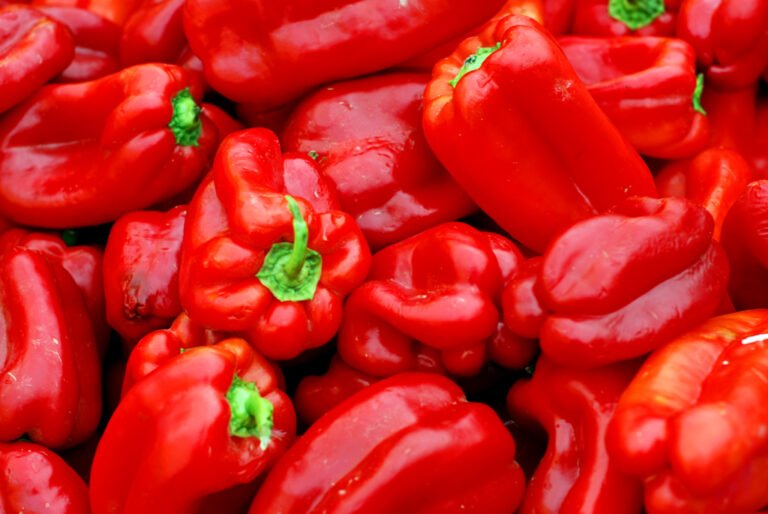Step-by-Step Guide to Growing Spaghetti Squash
I start by selecting quality seeds from trusted sources. Indoors, I plant them 3-4 weeks before the last frost. Sow seeds 1 inch deep in nutrient-rich soil for germination. Compost enriches the soil, and a pH of 6.0-6.5 is ideal. Make sure good spacing and thin seedlings to two per hill. Vines require support like trellises to prevent fruit from touching the ground. Consistent moisture and balanced phosphorus fertilizer promote growth. Harvest when the squash has a deep color and dry stem. Following these steps sets a solid foundation for a successful spaghetti squash harvest.
Seed Selection and Planting
When selecting spaghetti squash seeds for planting, it is vital to choose reputable sources like garden centers or online seed suppliers. The quality of the seeds plays a significant role in the success of your harvest. I recommend starting the seeds indoors about 3-4 weeks before the last frost date in nutrient-rich soil. Sow the seeds about 1 inch deep and make sure they are consistently moist for proper germination. Using seed starting trays or peat pots can facilitate the transplanting process into the garden later on.
Proper spacing is essential for spaghetti squash plants to thrive. Make sure to leave 4-5 feet between each plant to allow ample room for vine growth. This generous spacing also aids in air circulation, reducing the risk of diseases. Additionally, maintaining the right moisture levels is vital for the seeds to sprout. Too much water can lead to rot, while too little can hinder germination. Finding a balance and monitoring the soil moisture regularly is key to successful seed starting.
Soil Preparation and Planting
To prepare the soil effectively for planting spaghetti squash, begin by integrating compost to enrich the soil with nutrients and improve drainage. It’s important to confirm that the soil pH falls within the ideal range of 6.0-6.5 for the best growth of spaghetti squash. Plant the spaghetti squash seeds about 1 inch deep and space them 4-5 feet apart in mounds or hills. Proper spacing is vital to allow the plants to have sufficient room to grow and spread their vines.
When planting the seeds, consider thinning the seedlings to two per hill to promote healthy vine development. This practice helps prevent overcrowding, which can lead to competition for nutrients and hinder the growth of the plants. Adequate spacing and proper soil preparation are key factors in successful spaghetti squash cultivation.
Vine Support and Training
For effective growth and fruit protection, utilizing a sturdy trellis or fence to support spaghetti squash vines is vital. When it pertains to supporting and training spaghetti squash vines, here are some key steps to follow:
- Train Vines: To encourage vertical growth and prevent sprawling, gently guide the vines to climb the trellis or fence as they grow. This not only saves space in the garden but also promotes better airflow around the plants, reducing the risk of diseases and fruit rot.
- Use a Trellis or Fence: Installing a trellis or fence provides vertical support for the vines, keeping the squash off the ground. This helps prevent fruit rot, pest damage, and diseases. Chicken wire can be particularly useful as it offers a surface for the vines’ tendrils to grab onto and climb.
- Protecting Fruit: By keeping the squash off the ground, you reduce the likelihood of fruit rot caused by contact with damp soil. Additionally, lifting the fruit away from the ground can help deter pests and diseases that thrive in soil-borne environments.
Ensuring proper vertical support and training for your spaghetti squash vines not only aids in healthy plant growth but also plays an essential role in safeguarding the fruit from potential risks, ultimately leading to a successful harvest.
Fertilization and Watering
Supporting and training spaghetti squash vines with a sturdy trellis or fence is essential for healthy growth; now, let’s focus on fertilization and watering practices to further boost plant vitality. To ensure peak growth, spaghetti squash plants require consistent soil moisture levels. Providing them with 1-2 inches of water per week is critical. Deep watering is recommended to encourage strong root development and prevent shallow rooting, which can make plants more susceptible to stress.
In terms of fertilization, using a balanced fertilizer high in phosphorus is key to promoting flower and fruit production in spaghetti squash plants. It is advisable to fertilize the plants every 4-6 weeks during the growing season to support healthy vine growth and fruit development. Adjusting the watering frequency based on weather conditions is essential. This practice ensures that the plants receive adequate hydration without risking waterlogging the soil, which can lead to root rot.
Harvesting and Storage
When harvesting spaghetti squash, look for signs indicating peak ripeness, such as a tough skin, uniform color, and a dry stem. To make sure you harvest your spaghetti squash properly, follow these steps:
- Use a sharp pruner: When the squash is ripe and ready, use a sharp pruner to cut the squash from the vine, leaving a 1-2 inch stem attached. This helps in preventing damage to the squash and guarantees it stores well.
- Store in a cool, dry place: After harvesting, store the spaghetti squash in a cool, dry place with good ventilation at around 50-60°F. This ideal storage condition helps maintain the quality and flavor of the squash for an extended period.
- Look for deep and uniform color with a dry stem: Before harvesting, make sure the spaghetti squash has developed a deep and uniform color on its skin. Additionally, the stem should be completely dry. These indicators suggest that the squash is ripe and ready for harvesting.

